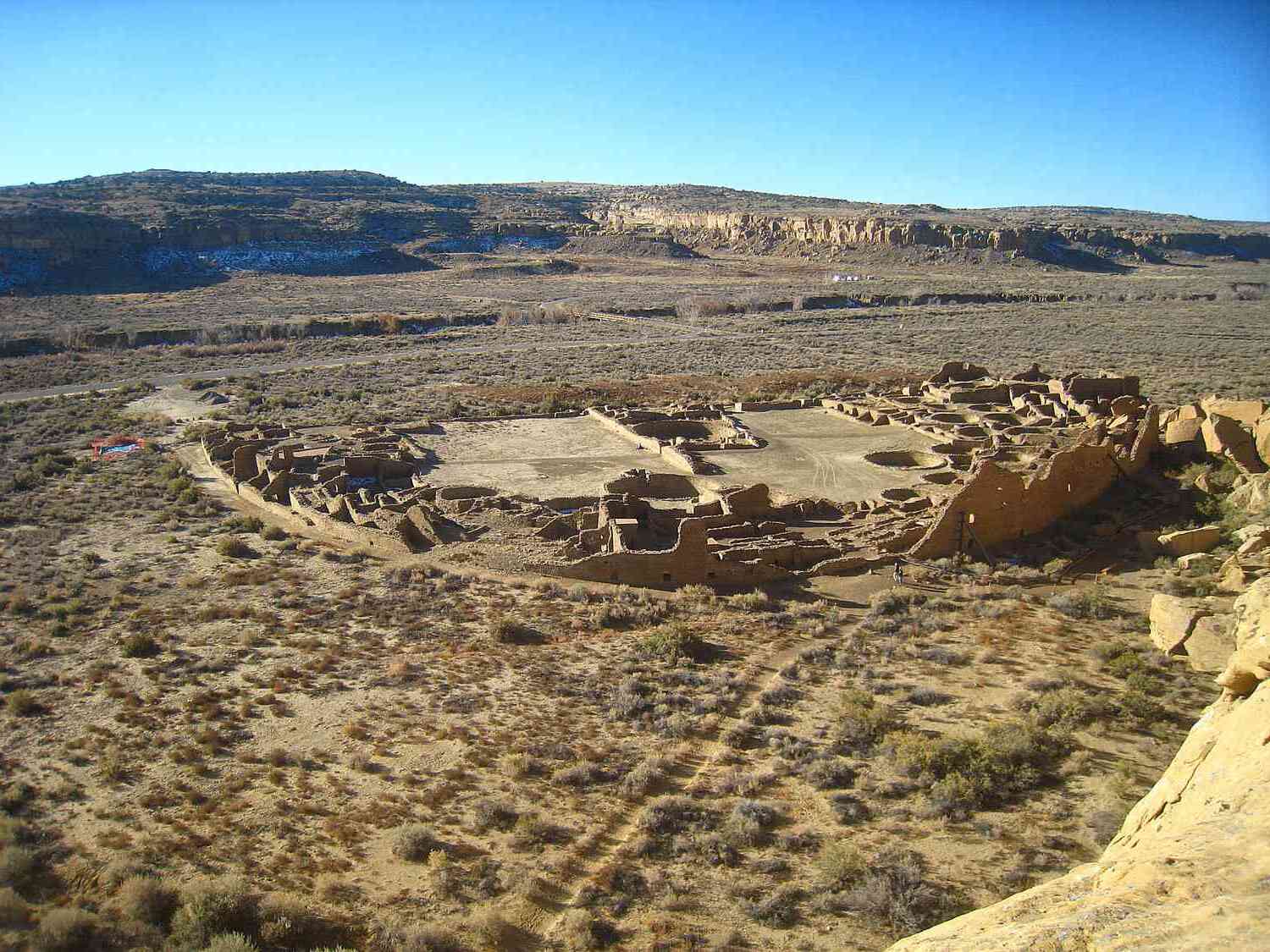Mysteries Of Chaco Canyon Ruins

Have you ever wondered about the secrets hidden in the ancient ruins of Chaco Canyon? Located in northwestern New Mexico, this UNESCO World Heritage Site offers a glimpse into the lives of the Ancestral Puebloans. These people built massive stone structures, known as Great Houses, over a thousand years ago. The intricate architecture and alignment with celestial events suggest a deep understanding of astronomy and engineering. Walking through the ruins, you can almost hear the echoes of rituals and daily activities. Whether you're a history buff or just love exploring, Chaco Canyon promises a journey back in time. Ready to uncover its mysteries?
The Enigmatic Chaco Canyon
Chaco Canyon, located in northwestern New Mexico, is a place of mystery and wonder. This ancient site, once a major center of Ancestral Puebloan culture, holds many secrets waiting to be uncovered. Let's explore some of the most fascinating ruins within Chaco Canyon.
Pueblo Bonito
Pueblo Bonito is the largest and most famous ruin in Chaco Canyon. This massive structure, built between AD 850 and 1150, served as a hub for ceremonies, trade, and politics.
- Great Kiva: A large, circular ceremonial room used for religious rituals and community gatherings.
- D-shaped Layout: Unique architectural design that sets Pueblo Bonito apart from other ruins.
- Multi-storied Buildings: Some sections of Pueblo Bonito reached up to four stories high, showcasing advanced engineering skills.
Chetro Ketl
Chetro Ketl, another significant site, offers a glimpse into the daily lives of the Chacoan people. This ruin, slightly smaller than Pueblo Bonito, still impresses with its intricate design.
- Great Plaza: A central open space used for public events and activities.
- Elevated Kivas: Raised ceremonial rooms that indicate the importance of religious practices.
- Masonry Walls: Exquisite stonework that demonstrates the craftsmanship of the builders.
Casa Rinconada
Casa Rinconada stands out due to its massive kiva, one of the largest in Chaco Canyon. This site provides insight into the spiritual life of the Chacoans.
- Great Kiva: A colossal ceremonial room with a diameter of 63 feet.
- Astronomical Alignments: Features that align with celestial events, suggesting advanced astronomical knowledge.
- Subterranean Passageways: Underground tunnels connecting different parts of the site.
Una Vida
Una Vida, one of the earliest great houses in Chaco Canyon, offers a more intimate look at Chacoan architecture. This site, less excavated than others, retains much of its original charm.
- Petroglyphs: Ancient rock carvings that provide clues about the beliefs and daily life of the Chacoans.
- Circular Kivas: Smaller ceremonial rooms that were central to community life.
- Unexcavated Rooms: Areas that remain untouched, preserving the mystery of the past.
Hungo Pavi
Hungo Pavi, a lesser-known site, still holds significant historical value. This ruin, though not as large as Pueblo Bonito or Chetro Ketl, offers unique features worth exploring.
- Great House: A large, multi-room structure that served as a communal living space.
- T-shaped Doorways: Distinctive architectural elements found throughout Chaco Canyon.
- Surrounding Walls: Defensive structures that hint at the need for protection.
Kin Kletso
Kin Kletso, meaning "Yellow House" in Navajo, is a smaller but equally intriguing site. This ruin, built in the late 11th century, showcases the evolution of Chacoan architecture.
- Rectangular Layout: A departure from the more common D-shaped designs.
- Tower Kiva: A unique, elevated ceremonial room.
- Stone Tools: Artifacts that provide insight into the daily activities of the inhabitants.
Pueblo del Arroyo
Pueblo del Arroyo, located near Pueblo Bonito, offers a different perspective on Chacoan life. This site, built later than many others, reflects changes in architectural style and community organization.
- Tri-wall Structure: A rare architectural feature with three concentric walls.
- Storage Rooms: Areas used for storing food and supplies, indicating a well-organized society.
- Water Management Systems: Ingenious methods for collecting and distributing water in the arid environment.
The Enduring Allure of Chaco Canyon
Chaco Canyon's ruins hold a special place in history. The ancient structures, intricate carvings, and mysterious alignments with celestial events continue to fascinate. Walking through these ruins, you feel a connection to a civilization that thrived in a harsh environment. The Great Houses, kivas, and roads tell stories of a complex society with advanced knowledge of astronomy and architecture.
Visiting Chaco Canyon isn't just about seeing old buildings. It's about experiencing a piece of human history that still puzzles archaeologists and historians. The mysteries of Chaco Canyon invite you to ponder the lives of the people who once called it home. Whether you're a history buff, an adventurer, or someone seeking a deeper connection to the past, Chaco Canyon offers a unique and unforgettable experience. The allure of Chaco Canyon endures, inviting new generations to explore its secrets.

